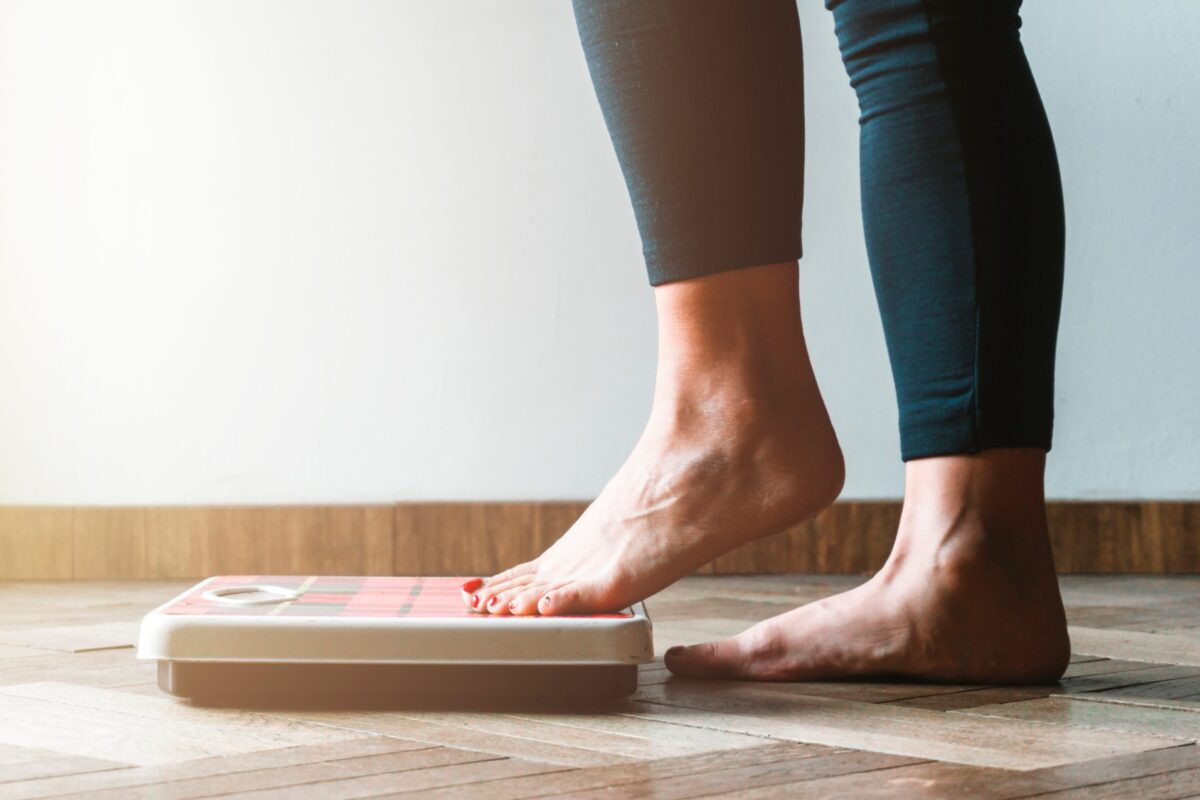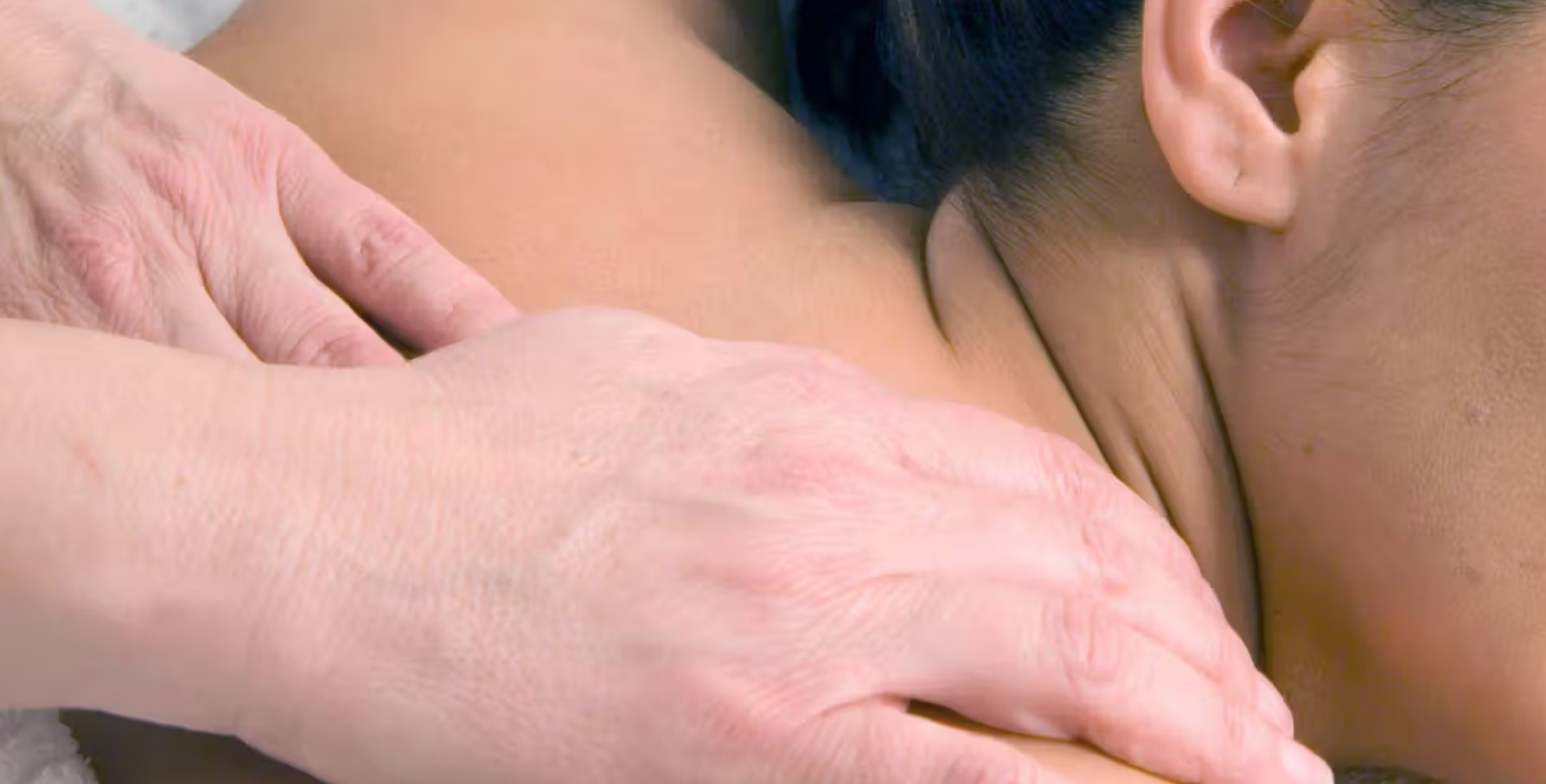Depicting the Grace of Cat & Cow Poses in Art
In yoga, cat and cow poses represent a flow between spinal flexion and extension. These beginner poses teach mindfulness of breath while stretching the back body gently. Artists capture their graceful essence using perspective, anatomy, and contrast.
The Fundamentals of Cat & Cow
Moving between cat and cow warms up the spine by alternately rounding and arching the back. They loosen up the torso while building mind-body awareness.
To assume the pose, start on hands and knees with a flat back. For cow, drop the belly, lift the chin and push the chest forward. Then reverse into cat by pulling the abdomen in, rounding the spine and tucking the chin toward the chest.
Conveying Spinal Movement
Contrast is vital in illustrating these poses. The concave back of cat flows into cow’s convex arch. Using perspective to accentuate the curves conveys a sense of motion.
Lighting likewise defines forms. Shadows in the hollow of the spine slim the body for cat shape. Brighter highlights across the chest and front torso broaden cow’s openness. This visual vocabulary denotes the progression from one pose to the next.
Drawing Realistic Animal Forms
Cat and cow actually describe the spine’s resemblance to a feline’s archetypal arch and a cow’s natural drop. Bringing their signatures into the human form helps cement mind-body connections.
Structure of Feline Bodies
The cat spine creates a perfect U-shape from tail to neck. Shoulders bunch up near the ears as front limbs reach out. Hips lift up higher than the midpoint of an elongated torso.
Transferring the intrinsic quality of a cat stretching onto a human shape in yoga clothes captures recognition. Matching proportions to intensify shoulders and hips goes further into anthropomorphism for relatability.
Bovine Physique in Cow Pose
In a cow, the spine drops from raised hindquarters down through the shoulders. The head reaches slightly forward as their posture relaxes. Their barrel-shaped belly sags with weighty udders.
The human form mirrors these qualities in cow pose by leading with the chest, dropping the core, and gently extending the neck. Draping a model with fur patterning or even a bell necklace pushes the metaphor. Juxtaposing next to actual cows strengthens context too.
Incorporating Symbolic Meaning
Cats and cows represent deeper meanings in yoga’s teachings, both physical and philosophical. Communicating these symbols implicitly enhances art’s purpose.
Cat Imagery
Cats symbolize intuition and independence. Their nine lives mythicize resilience to hardship. Cat imagery woven into drawings can signify the introspective focus and inner strength built through this beginner backbend.
Try framing the subject within cat-eye glasses or between potted catnip plants. Outline their stance to suggest feline fur or paw prints. Implement motifs like whiskers or clever eyes watching the viewer to hint at cats’ observant and mysterious nature.
Cow Symbolism
In Hindu iconography, cows represent patience, maternity, and unity with the earth. These nurturing qualities relate to cow’s restorative backbend. Motherhood also mirrors yoga’s fostering of wisdom within.
Images can tie these concepts to cow pose through pastoral elements. Adorning the model with daisies and clover references cows grazing in meadows. Surrounding them with calf depictions or milk pails further sells the allusion.
Practical Poses for Artist Reference
Observation directly from yoga practitioners is the best starting point for accurately rendering these foundational poses.
Photographic Posing
The simplest option is directing yogi models into cat and cow positions against solid backgrounds. Adjust their alignment, forms, and transitions until you capture clear examples of each posture’s peak expression for reference.
Take photos from multiple angles too – front, side, 3⁄4 views, and high to low perspectives. Zoom in on just the torso and spine as well. Study animals in similar stances for fresh inspiration.
Drawing from Life
For more dynamic drawing challenges, do gesture sketches of subjects actively moving between cat and cow. Time each hold, then have them flow faster to emphasize contractions.
Utilize strong directional lighting across their forms. Observe shadows cutting contours or stretched muscles protruding. Convey exaggerated breathing with expanding ribcages and rolling shoulders. Review frequently to gauge improvements.
Use media permitting revision like graphite or charcoal. Building live literature of poses trains critical visualization while capturing yoga’s flowing essence for unique figure studies.
Internalizing this intimate knowledge of cat and cow anatomy will lend authenticity to your eventual stylized or symbolic interpretations of their iconic shapes.
FAQs
What are the key forms of cat and cow poses?
Cat pose flexes the spine, rounding the back, tucking the chin, and lifting hips. Cow pose extends the spine, arching the back, opening the chest, and dropping the belly. These are opposing backbends.
How do I express the flow between poses?
Contrast cat's concave back curling upwards with cow's downward belly drop to accent the transition. Lighting likewise differentiates shapes through highlights and shadows revealing shifting contours.
What symbols reflect the poses' inner meanings?
Relate cat visuals to introspection and resilience. Cow motifs represent nurturing qualities and connection to the earth. Surrounding human forms with this natural or spiritual iconography sells the allusion.
How can I practice drawing accurate poses?
Photograph or sketch real people moving from cat to cow. Study perspective from multiple angles and use strong directional lighting. Revise frequently to capture yoga's flowing essence for authentic anatomical studies.
Disclaimer: This article is for informational purposes only and does not constitute medical advice. Always consult with a healthcare professional before starting any new treatment regimen.




